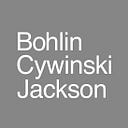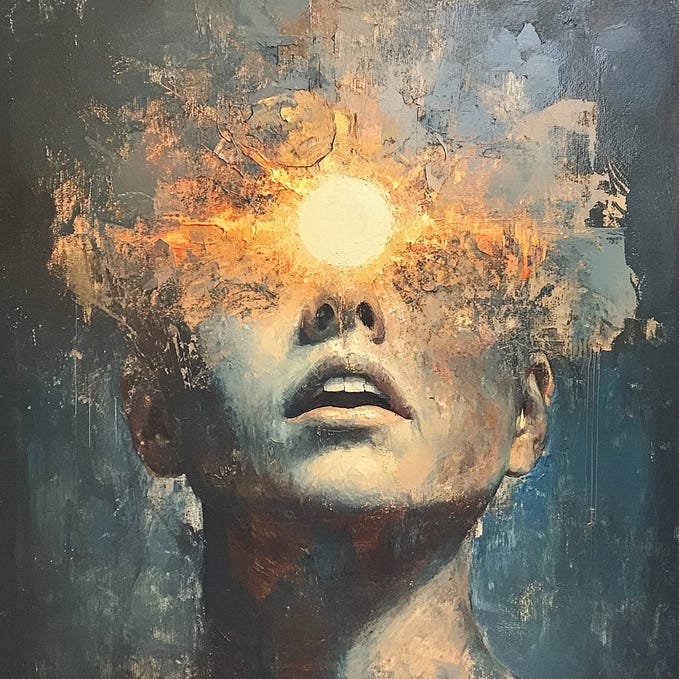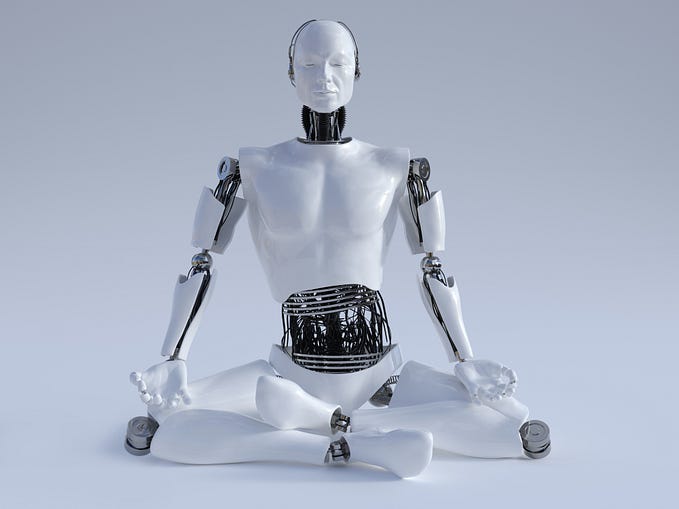Revolutionizing Retail: Designing for Apple, Blue Bottle, and Everlane

On Thursday, February 6, we launched our newest monograph, Gathering, at A/D/O, an incubator space for creative exchange, in Brooklyn.
Gathering focuses exclusively on our institutional, civic, and commercial work and exemplifies how architecture has the power to bring people together to engage in new ways, generate ideas, share their passions, and build communities. Our Year of Gathering series features provocative conversations inspired by our work and the connections we foster.
Known for our ability to distill a brand’s values into the built environment, our inaugural event looked first to retail and how our involvement with breakthrough brands like Apple, Blue Bottle, and Everlane has contributed to the revolution of the retail experience through architecture and design. Having designed a store for each of these brands within six square-blocks of each other, Brooklyn served as the perfect backdrop to kick-off this series.

With panelists including Bohlin Cywinski Jackson Principal Greg Mottola; Marshall Ryan, Director of Store Development for Everlane; Donald Albrecht, a curator currently working with the Museum of the City of New York; and Aaron Nice, Director of Real Estate for Blue Bottle Cafes, the discussion, moderated by Curbed architecture critic Alexandra Lange, explored the commonalities between the three brands and their desire to center their store design on the customer experience.

Over the past 20 years, we’ve had the great opportunity to learn from our partnership with the pioneer of retail focused on customer-first experiences: Apple. When we began our work with them in 2000, the model of selling consumer electronics was a dismal experience, Greg Mottola reflected.
“What was really intriguing about their vision for retail was really not about selling the product at all, it was actually about getting people excited about using the product,” he said. “So, it was really around this idea of giving people an opportunity to explore, learn about, and touch … to come up with this notion that if you make it all about the customer and what they can learn, and use, and make it fun and interesting, they’ll just keep coming back.”
Crafting a fresh place for customers to gather and experience a product is more easily accomplished when you have a client like Apple that already has a strong brand ethos. But what happens when your client has yet to enter the brick and mortar world?

Everlane’s CEO Michael Preysman famously said he would rather “shut the company down” before opening a retail store. But through a few pop-up experiments, Everlane recognized the shortcomings of an exclusively digital presence.
“Ultimately, we’re really focused on providing the best customer experience we possibly can,” Marshall Ryan explained.
“Customers really craved and responded really well to in real-life experiences. And it was kind of this switch, I think, that got flipped; recognizing that customers really wanted it.”
Because Preysman admired Apple’s light and airy aesthetic and approach to highlighting products with a neutral space and clarity, Everlane approached our firm to thoughtfully design a store that could give each moment — exploring, interacting, trying on, purchasing — its own an experience to reflect their Radical Transparency.



For Blue Bottle, transparency was also key in crafting a space that elevated the experience of drinking coffee. Relating to the average café experience — busy, noisy, big machines, large menus with too many syrups and pumps — Aaron Nice explained how coffee can be perceived as something really challenging.
“At Blue Bottle,” he noted, “one of the things we’ve done really well since its inception is stripping that all away; creating a really simple menu and a very simple space for you to come into and enjoy a cup of coffee. You really see this brew method and the barista making your coffee for what it is.”
“It’s all about the customer,” Mottola added. “What they see, how they enter, where the menu is, how merchandise is located. Everything down to when you make the purchase and then watch your beverage get made. We, in almost all of [the stores], elevate this little moment when the beverage is presented to the customer.”



Beautifully-detailed interiors and rehabilitated historic structures — which all three brands have experience with — result in not only elevated customer experiences with the respective product but also highly “Instagram-able” moments that directly celebrate the architecture, advance the brand, and, by effect, provide free online marketing.
Looking closer at this evolution, Donald Albrecht described how the DNA of the visitor experience can be traced back to where all good things begin in the 19th century: Paris and, specifically, the creation of the famous department store, Le Bon Marché. There, customers were drawn to the store through the intentional use of tactile materials, colorful product displays, impressive installations, and branded delivery wagons that drove throughout the city to build excitement for new products.
And in 20th century New York, Albrecht explained, Lord and Taylor President Dorothy Shaver was behind some of the most innovative ideas that brought people into the store, including museum-quality exhibitions of decorative art, specialty shops, and restaurants.
“And whether it’s true or not,” he added, “to get women into the store where the perfume counter was located, she hooked up perfume atomizers that sprayed scent over the people as they walked down the street.”
Comparing buying behaviors of today, “customers are far pickier than they used to be,” Ryan noted. “They know the power of their dollar and they understand the concept of voting with their dollar.”
And in the age of sustainable awareness, customers are even more tapped into the brands they support. A shared goal of both Everlane and Blue Bottle is to continue creating enduring spaces and enduring products that create the best value possible. Two initiatives Blue Bottle plans to roll out this year include converting stores to zero waste and introducing reusable cups and containers.
Ultimately, what has led to our combined success for these revolutionary brands is the advantage of having a repeat client with whom we can iterate and learn. It wasn’t long ago that the conversation about the health of retail stores was a serious concern for many companies. But to both Everlane and Blue Bottle, retail is not dying, bad retail is dying.
“Our whole proposition for talking to you all tonight was this idea that better design matters,” Mottola said. “I’m making a subtle plug for engaging good architects to help you. The value of good design allows you to do your jobs better and the company to be more successful.”




Up Next: Our next two discussions will take place on the west coast. If you’re in the Seattle area, join us for Rethinking Public Spaces on February 20 at Block 41, featuring Principal Patreese Martin; Barbara Swift of Swift Company; Lisa Picard, CEO and President of EQ Office; and Benjamin de la Pena, Board Member for Project for Public Spaces. On March 19, we’ll be at Kaiser Family Foundation in San Francisco to discuss Building Community and the Contemporary Workplace.









